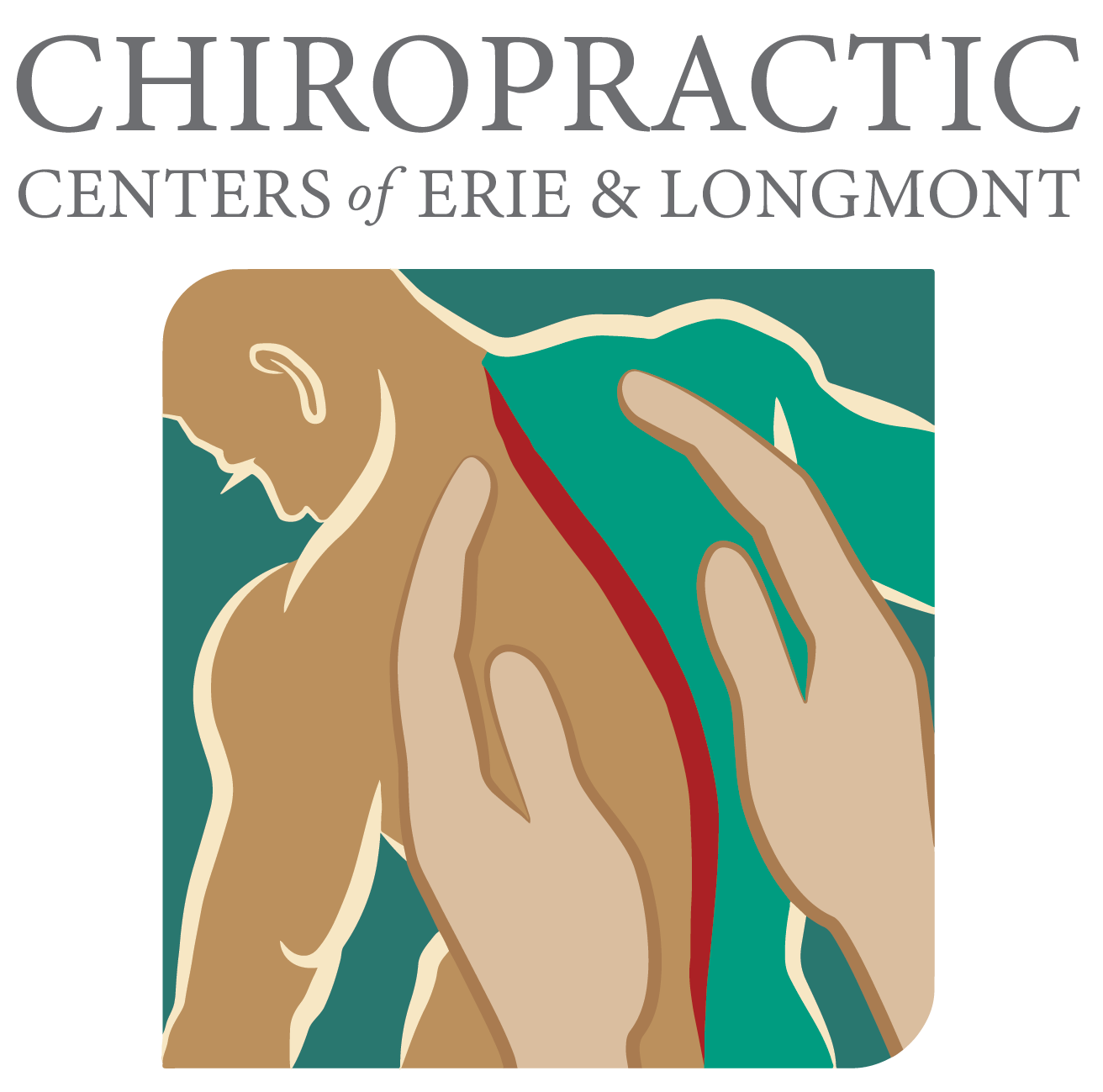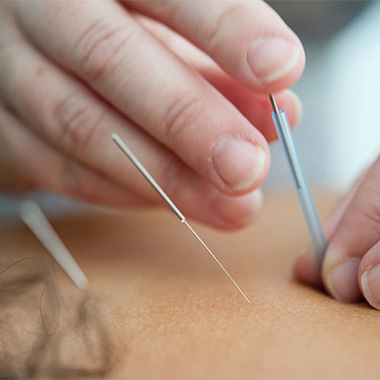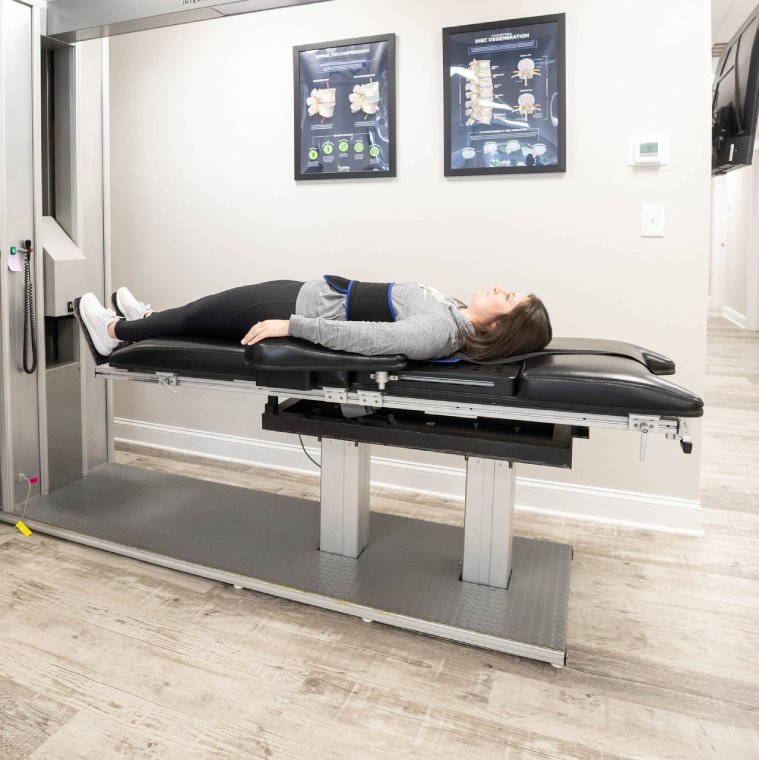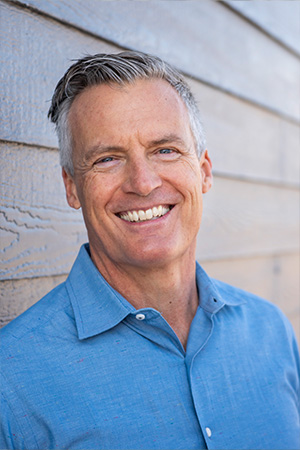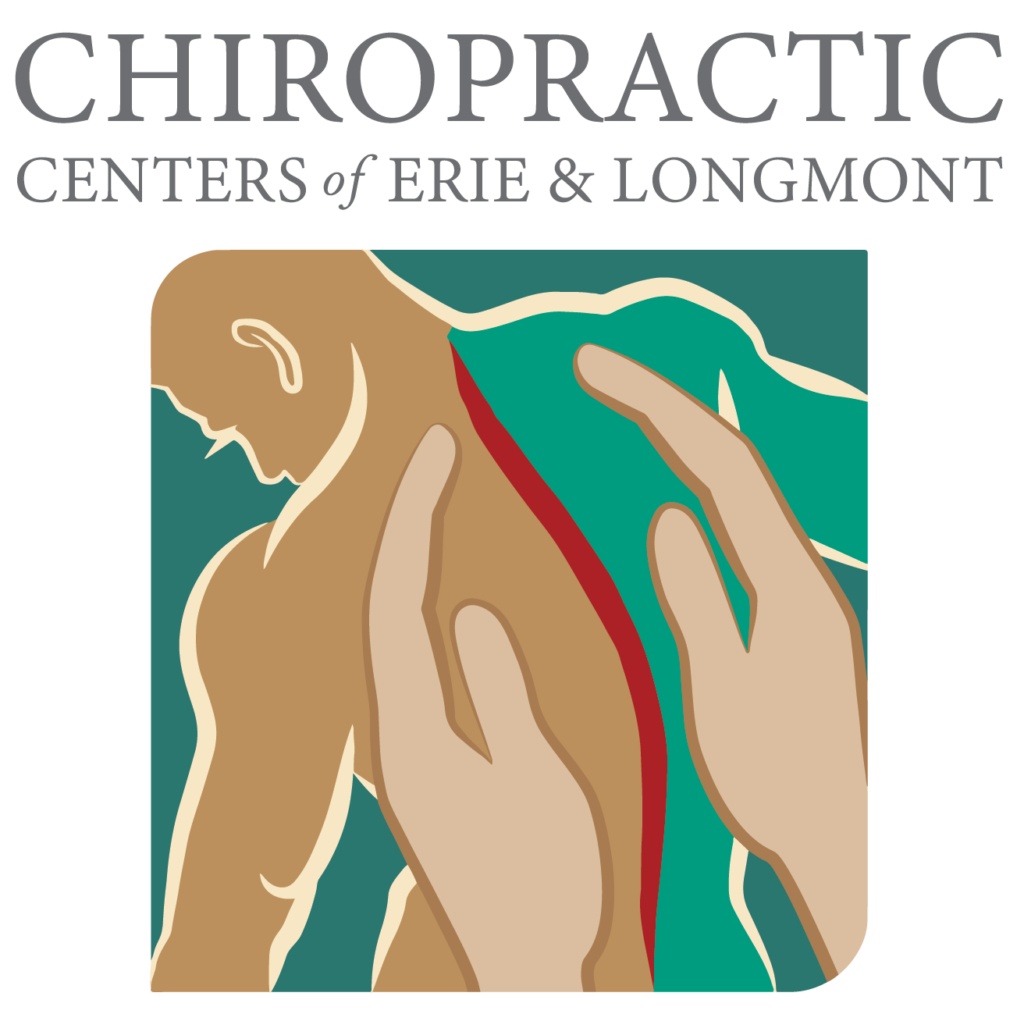Acupuncture and dry needling are two popular methods for relieving pain. Although they share some similarities, there are also some important differences between acupuncture and dry needling. Acupuncture is a form of traditional Chinese medicine that has been practiced for centuries, while dry needling is a relatively new approach that uses sterile needles to alleviate trigger points in the muscles. Here, we will take a closer look at the differences between acupuncture and dry needling.
What is Acupuncture?
Acupuncture is a form of traditional Chinese medicine that has been used for centuries to treat a variety of conditions. The basic principle behind acupuncture is that energy, or qi, flows through the body along specific pathways known as meridians. This energy is essential for good health and when it becomes blocked or unbalanced, it can cause disease or pain. Acupuncture is said to restore balance by stimulating specific points along the meridians.
There are more than 2,000 acupuncture points on the human body and each point has a specific purpose. For example, some points are said to be helpful for treating headaches, while others can be used to ease menstrual cramps. Acupuncture is generally considered to be safe when performed by a trained and licensed practitioner.
What is Dry Needling?
Dry needling is a technique that involves inserting thin needles into the muscle to alleviate trigger points or knots that form when muscles don’t relax. This form of therapy is also referred to as intramuscular stimulation (IMS). Dry needling is similar to acupuncture, but it’s based on Western anatomical and physiological principles, rather than traditional Chinese medicine. While acupuncture is often used for overall wellness, dry needling is usually used to treat specific musculoskeletal problems.
Dry needling is thought to work by releasing muscle tension, stimulating the nervous system, and improving blood circulation. It’s used to treat a variety of conditions including migraines, tension headaches, back pain, neck pain, shoulder pain, tennis elbow, plantar fasciitis, and carpal tunnel syndrome. Dry needling is also sometimes used to treat myofascial pain syndrome (MPS), which is a chronic pain condition that occurs when there’s inflammation in the connective tissue that surrounds your muscles.
The Benefits of Acupuncture and Dry Needling
Both acupuncture and dry needling are used to treat a variety of conditions including pain, headaches, stress, anxiety, and insomnia. Acupuncture is thought to work by stimulating the nervous system and releasing endorphins, while dry needling is thought to work by breaking up muscle knots and trigger points but also causes the release of endorphins and draws healing cells such as stem cells and white blood cells to the site of the needle insertion. Both treatments are considered safe and effective, and there is a growing body of evidence to support their use. If you are looking for an alternative to conventional medicine, acupuncture or dry needling may be worth considering.
Summary
Acupuncture and dry needling are two popular methods for relieving pain. Although they share some similarities, there are also some important differences between the two techniques. Acupuncture is a form of traditional Chinese medicine that has been practiced for centuries and based on energy channels (Eastern Medicine) thought to be in the system, while dry needling is a relatively new approach that uses sterile needles to stimulate trigger points in the muscles and is based on what we know about neuromuscular anatomy (Western Medicine).
If you’re interested in seeing a chiropractor or even in Dry Needling, visit us at one of our offices in Erie or in Longmont. The Chiropractic Center of Erie and Chiropractic Center of Longmont treat the body holistically with our award-winning treatment process, in fact, we have been voted “Best of the West” eleven times and our aim is to help your body achieve and maintain optimal performance.
We specialize in treating patients suffering from spinal pain and many other maladies and have helped several patients find relief without the need for surgery. If you’d like to learn more about chiropractic care in Longmont or Erie or have questions about what to expect during your first chiropractor visit in Erie or Longmont, call our offices today at 303-828-3000 or 303-772-1950!
